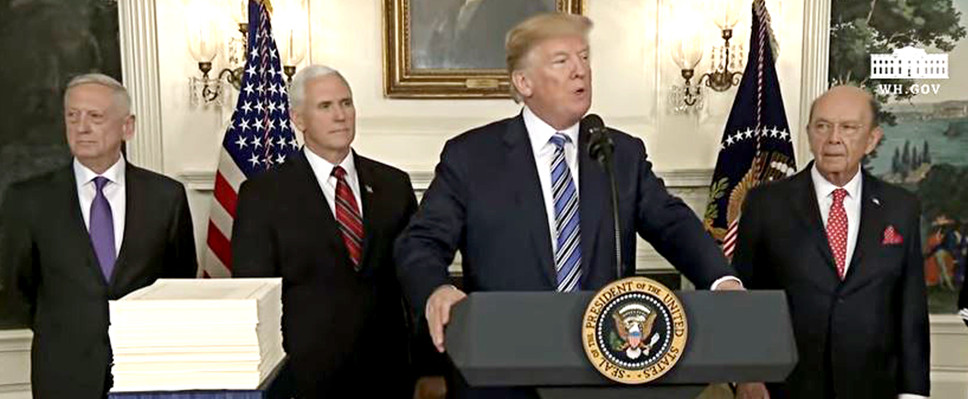

After operating for almost 6 months under continuing resolutions based on FY17 spending levels, agencies must determine how to spend the additional $80 billion in defense programs and $63 billion in nondefense programs Congress provided by September 30th. To address this problem, Congress includes language in the Omnibus Appropriations bill to give the Defense of Department (DoD) and a handful of other agencies additional budget flexibility for the remainder of FY18.
For DoD, the bill provides two financial management tools. First, it provides relief from the so-called “80/20 rule” by allowing operation and maintenance (O&M) and other one-year (“use it or lose it”) accounts to spend up to 25% (rather than 20%) of their funds in the final two months of the fiscal year. Second, the bill gives DoD more flexibility to fund readiness activities by increasing the reprogramming threshold from $15 million to $20 million and by allowing notification of Congress (rather than pre-approval by Congress) of realignments between readiness activities.
An option floated by DoD and backed by some Members of Congress that would permit O&M funds to be available over two years rather than one year is not included.
“After talking with Secretary Mattis, we included new flexibility for DoD to ensure that funds were able to be spent in the smartest way possible while still maintaining stringent oversight.”
House Defense Appropriations Chairwoman Granger (R-TX), March 22nd
For nondefense agencies, much of the FY18 budget increase focuses on accounts with multi-year budget availability—meaning agencies do not have to worry about spending all the money by September 30th, 2018. Infrastructure programs, which receive a $21.2 billion increase, are an example. There are some instances, however, where Congress provides extra flexibility to nondefense programs.
The bill includes nearly $4 billion to fight the opioid epidemic. Some of this money is allocated to programs that typically need to spend their appropriations by the end of the fiscal year. To give agencies time to decide judiciously where those funds should go, provisions are included to allow the money to stay on the books until September 30th, 2019. The opioid initiatives given this flexibility include the National Institute on Drug Abuse ($250 million for targeted research), the National Institute of Neurological Disorders and Stroke ($250 million for targeted research), and the Centers for Disease Control and Prevention’s Injury Prevention and Control account ($475.6 million for overdose prevention and surveillance).
The Census Bureau is another beneficiary. Congress appropriated $2.544 billion to Periodic Census and Programs, which is $1.29 billion above both the House and Senate-recommended funding levels, and $1.34 billion above the FY17 enacted level. This increase essentially prefunds part of the FY19 funding requirement. Ordinarily, Census funding provided in FY18 would be available until the end of FY19 (two-year availability), but the bill extends the availability to the end of FY20. By increasing funding and keeping the money on the books through FY20, Congress improves funding stability for the 2020 decennial census.